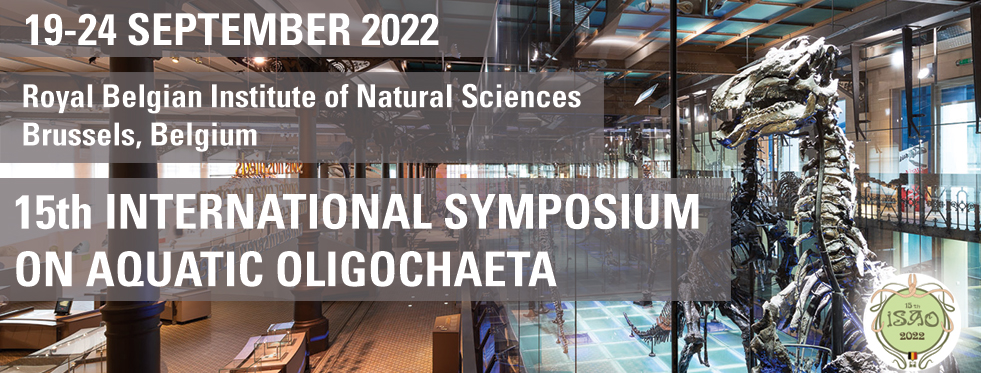Climate change in Europe predicts an increasing frequency of droughts, even for areas with a temperate continental climate. The Czech Republic is geographically located in the center of Europe on the watersheds of the Elbe, Danube, and Oder Rivers, where precipitation is almost the only source of water. In this study, we examined 25 small streams evenly distributed along the gradient of the flow intermittence in the Czech Republic. Aquatic clitellates were sampled between 2013 and 2016 in spring (March-April) before the expected dry phase and in autumn (September-November) after the dry phase in the case of intermittent streams. We observed that the community exposed to both irregular and periodic drying, following extreme summer conditions, could maintain local species diversity. However, significant differences in clitellate species composition were observed between perennial streams (indicated by the rheobionts Nais alpina and Propappus volki), irregularly drying streams (indicated by the interstitial species Rhyacodrilus coccineus and predator Erpobdella vilnensis), and intermittent streams, having representatives of Lumbricidae and Enchytraeidae as indicators. The effect of drying was even stronger in intermittent streams, for which significantly lower beta diversity was observed compared to perennial streams. We found that the most important changes in clitellate composition were controlled by water temperature and geographic variables in perennial streams, while streams affected by drying were controlled by climate, with high mean July air temperature and low annual precipitation sums amplifying the effect. In the intermittent streams, communities shifted significantly towards semiaquatic clitellate species. The abundance of semiaquatic species was also affected by the periodicity of the dry phase, with their proportion predicted in the regression tree analysis to be 11% in perennial and irregularly drying streams, and 40% in periodically drying streams. These results may help define streams potentially vulnerable to drought caused by future climate change. Supported by P505/20-17305S.

|
|
|
|
Impact of drying on small streams in the Czech Republic: are aquatic clitellates more affected by the duration or periodicity of the dry phase?
1 : Masaryk university, Faculty of Science, Department of Botany and Zoology
* : Corresponding author
Kotlářská 2, 61137 Brno -
Czech Republic
|
 PDF version
PDF version
